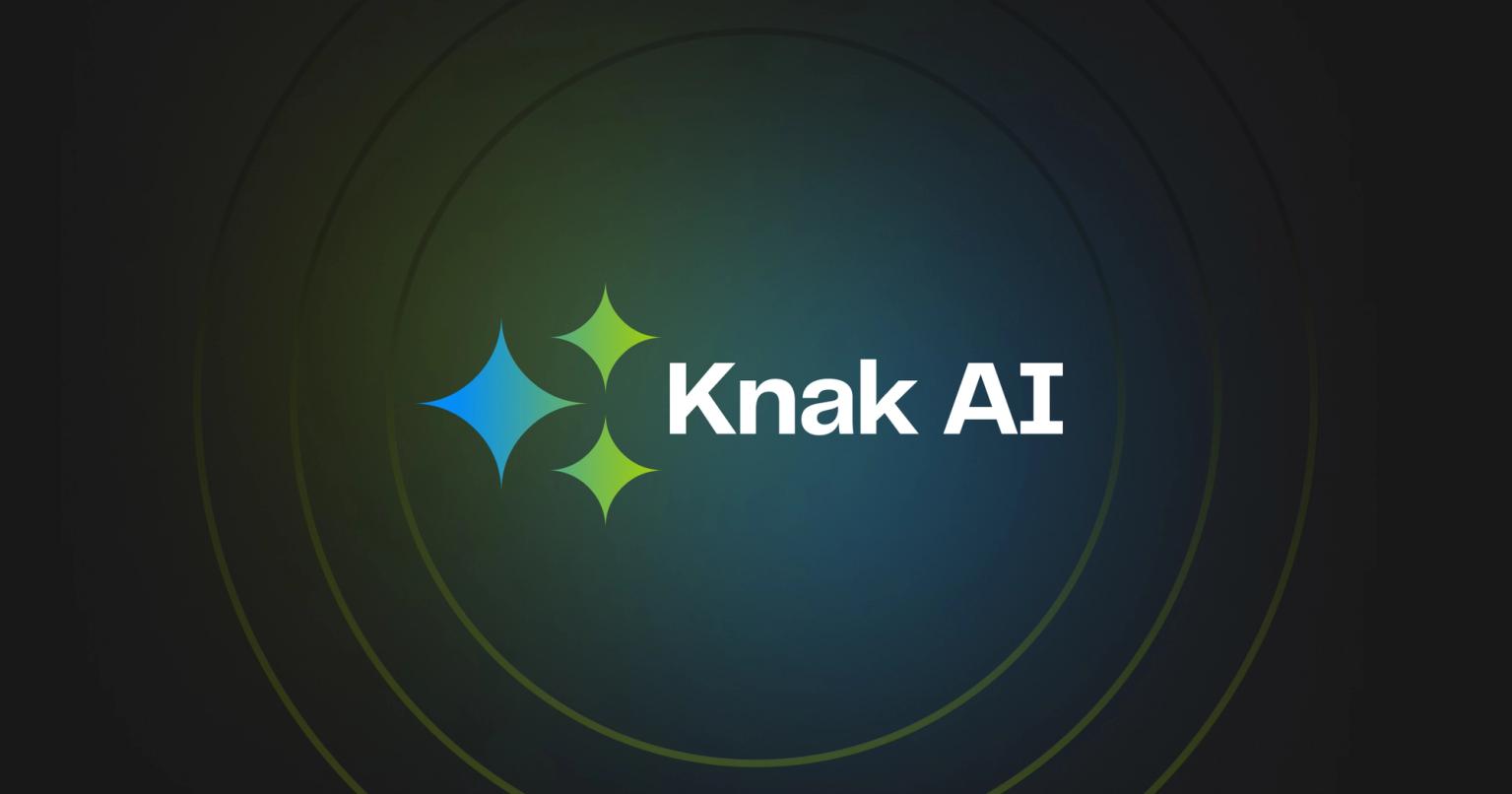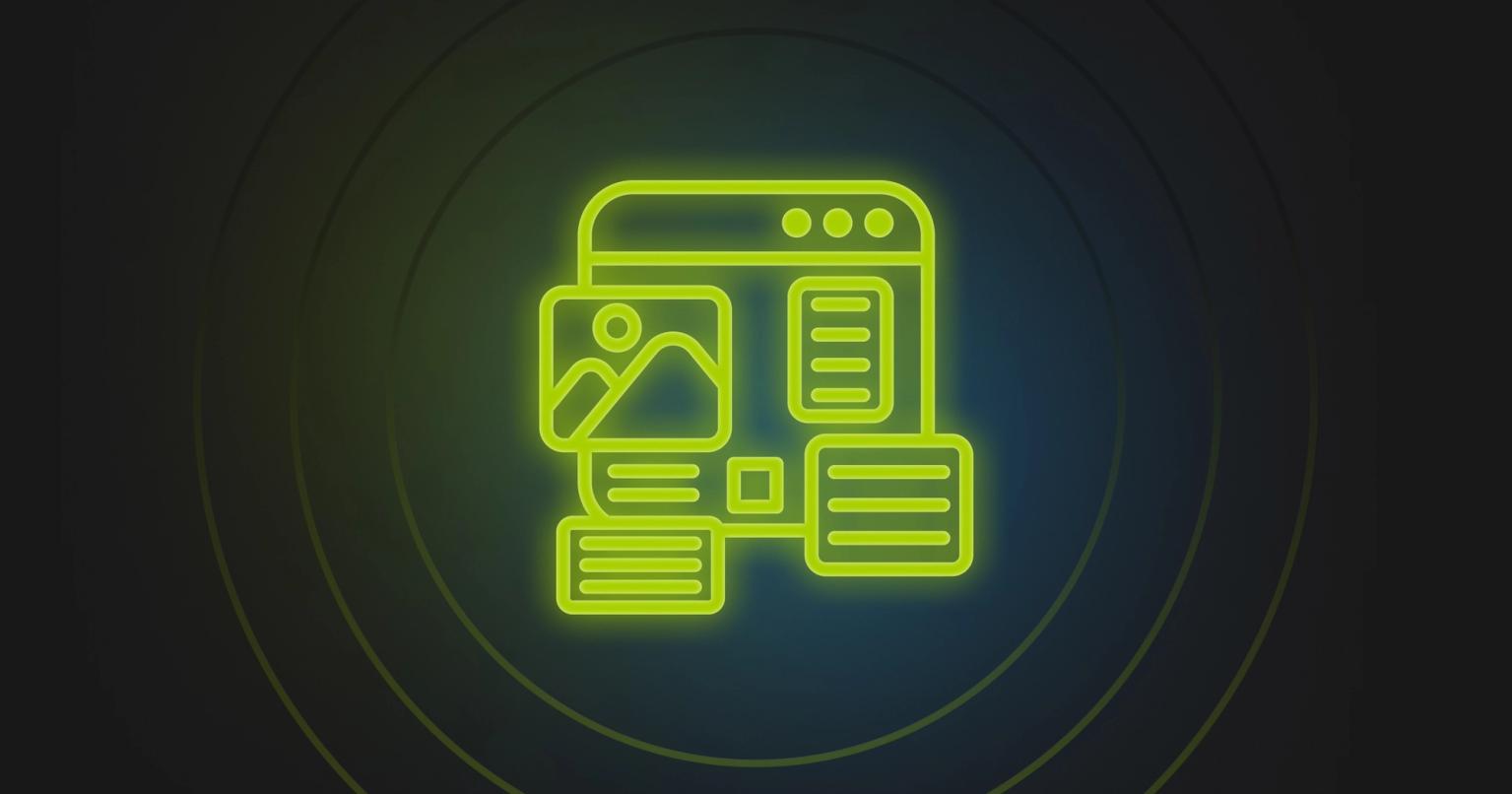Embracing artificial intelligence: At Knak, AI means ‘All-In’

Summary
Why Knak is going all-in on AI. CEO Pierce Ujjainwalla shares why AI is the opportunity of a lifetime and how to bring your team along.
I’ve always been an early adopter of technologies.
As a kid, I begged my parents for a 56K modem. When cellphones came out, I got the Nokia 3310 – the one with the Snake game on it. And I got into Facebook when it was still just for university students.
But artificial intelligence?
At first, I hesitated. Was AI really necessary?
Then I tried it, and I saw all the insane and magical things AI can do. And I realized how much potential it has to do even more.
That’s when I decided we had to make Knak an AI company.
At Knak, AI means ‘All In.’
In this blog I want to explain why we’re embracing AI to the fullest – and why other companies should do so as well.
Why being all-in is important
Every so often, a technology comes along that changes the world.
From fire and the steam engine to the Internet and smartphones, these technologies have transformed the way we do things. They have changed lives and economies so much that anyone who does not get on board gets left behind.
I believe that artificial intelligence is a transformational technology of the highest order.
In the short time it’s been available, it has wowed me with its potential.
And it’s just getting started. Over the next few years its capacity and its impact will grow and grow and grow.
It is my belief that AI will allow us to become better and more efficient versions of ourselves. Not using it would be like not using the Internet. It would put us at a huge disadvantage.
That is why we have no choice but to go all-in.
As with any new technology, there is resistance.
The path to adoption follows a well-known curve. First there’s doubt about whether the technology is useful, followed by fear of the disruption it will cause. Then comes frustration as you try to figure out how it works. Stick with it and you reach a breakthrough moment, which leads to acceptance and eventually love of the advantages it brings.
I got over my resistance pretty quickly.
Once I started using ChatGPT, I found it so helpful and used it so much that it ran out of memory. These days I use it for a variety of personal and professional tasks, from getting advice about how to fix my pool to planning my vacations and helping me write my leadership team’s performance assessments.
I want everyone at Knak to be as enthusiastic about AI as I am.
We have been working on our AI roadmap since February 2024 – soon after ChatGPT launched its first model to the public.
We now have an entire team dedicated to building our AI capabilities. We have released several AI features within our product, and we are looking to a future of prompt-based marketing campaign creation.
We intend to be pioneers in this space, just as we were for the no-code space.
But first, we have to make sure we embrace AI internally.
Overcoming resistance and managing risk
When I look around, I feel I still am seeing a lot of people who are not using AI to its full potential. They’re skeptical, or they don’t know where to start, or they are simply comfortable with the status quo.
At Knak, we want to encourage curiosity about AI among our employees.
Here and elsewhere, that starts by helping people overcome fears.
One of the biggest fears among AI-hesitant people is that it puts data at risk.
Artificial intelligence models were built to improve themselves by learning from information that users put into the system. That has led to a reasonable concern that a company’s data is at risk if it goes all-in on AI.
But there are simple enough solutions to security issues. Therefore, every company should have policies and practices in place so that AI can be used safely.
ChatGPT’s free version, for example, trains its model with user data; however, its corporate version does not. So a company’s data is more secure when it pays to give its employees access to the corporate version.
Some companies are so scared by the risk to data that they forbid use of AI in the workplace.
But that in itself carries risks.
One danger is simply getting left behind as other companies adopt AI features.
The other is that if AI is not allowed at work, some employees will start using their personal AI accounts to do work-related tasks. And that opens the door to more serious security concerns.
Better to adopt a reasonable risk posture for AI use. That’s what we’ve done, by making sure every employee knows how to protect sensitive material when using AI.
How to get people comfortable
Another reason people are reluctant to start using AI is that they don’t know what it can do, or how to begin.
One of the simplest ways to get employees comfortable with AI is to encourage information-sharing. That way, the early adopters can coach new users.
At Knak we have a Slack channel dedicated to AI information exchange.
It’s proved very useful. People are sharing things like successful prompts, new tools, anything that works.
It’s also possible to have people who are comfortable with AI build AI tools others can use.
For example, our creative team has built custom GPTs that allow us to easily build on-brand content for Knak. Anyone inside our company can use them when they want to create something that has to be on-brand – a PowerPoint, for example.
Some departments – UX, for example – find AI easier to use than others; and the tools serving some parts of our business are more advanced than the tools available to other parts.
Once people see what’s possible thanks with custom GPTs, I hope they will get ideas and want to create GPTs that are useful to them.
We also encourage our employees to buy AI tools they can use to do their jobs more efficiently.
That means that a company that wants to go all-in on AI has to be ready to spend a bit of money.
I’m trying to give our people enough on AI budget so they can experiment, with the expectation that that will give us a corporate advantage.
It’s all part of getting people comfortable with using AI.
Making AI part of our culture
Many companies use an ‘objectives and key results’ (OKR) framework to set goals and measure progress towards achieving them.
We have five OKRs for 2025, and making Knak an AI company is one of them; we want to maximize use of AI internally, as well as build AI functions into our products.
That means we have to build AI into our culture.
It starts with our employees; we want to encourage them to be AI-curious.
I rarely come across an employee who will stand up at a meeting and say, ‘We shouldn’t be getting into AI.’ However, I do notice whether individual employees are curious about AI, whether they are sharing information on Slack or elsewhere, and whether they are being an advocate for AI. I really do want every employee to be as ‘all-in’ as I am!
And when I hire somebody, I now ask them how they are using AI in their personal and professional lives. I want to hire people who have embraced AI and are actively using it.
One way to build AI into our culture is to build AI tools for our employees to use.
For example, people from our customer success team often wonder whether one of our products is able to do something very specific.
They used to type the question into Slack and wait for an answer; now, they can use a tool called Notion AI, which will automatically find the answer with just a simple prompt.
We now use Fin AI to help with customer service when our help centre is closed. And our design team now does their prototypes with Lovable.
Things like this are just the beginning; our goal is to do what we can to make our employees more efficient and more capable.
AI is improving incredibly fast; significant changes literally happen on a weekly basis. That’s both a blessing – there are more and better things it can do – and a curse, since it means there’s always something new to learn.
We intend to keep on top of it!
Using AI to improve efficiency and output
A lot of people fear that AI will cause companies to trim their workforce.
That’s not what I’m hearing.
I’ve talked to a lot of founders, and they aren’t thinking, ‘Oh, I can cut my workforce in half!’ Instead, they are hoping that their existing workforce can become way more productive.
That’s the wonder of AI: It allows for insane improvements in efficiency and output.
Everyone will have their own story to tell about how AI improves their output. Here’s one from me.
I have started using ChatGPT to help me with employee performance assessments.
When I told my direct reports I was doing that, their first reaction was, ‘Oh, you got it to do all the work!’
That’s hardly the case. I had to provide ChatGPT with all the information. But ChatGPT made the reports more comprehensive and more useful to the person receiving them by coaching me as I entered the data – for example by asking questions I hadn’t thought of. And then it wrote the report better than I ever could.
It helped me produce a much better result with similar effort. Why wouldn’t I be using it?
We’re still working on how to use AI to its fullest potential internally.
That process starts by asking two basic questions: ‘What do we need to figure out?’ and ‘What have we not figured out?’
We don’t know a lot about adoption across the company.
So as we go on, we’ll be looking to measure our efficiency gains.
We also are pondering the value of creating a dedicated role in the company for AI adoption.
Right now our VP Engineering is championing our AI OKR, and we have an AI architect on the product side, but we don’t have a dedicated person across the whole company.
We’ll figure this out.
We have to.
AI represents a tremendous opportunity for us – all the more so since we are in the creation space, where AI thrives.
It’s the opportunity of a lifetime!

Author
Co-founder & CEO, Knak
Pierce is a career marketer who has lived in the marketing trenches at companies like IBM, SAP, NVIDIA, and Marketo. He launched Knak in 2015 as a platform designed to help Marketers simplify email creation. He is also the founder of Revenue Pulse, a marketing operations consultancy.











